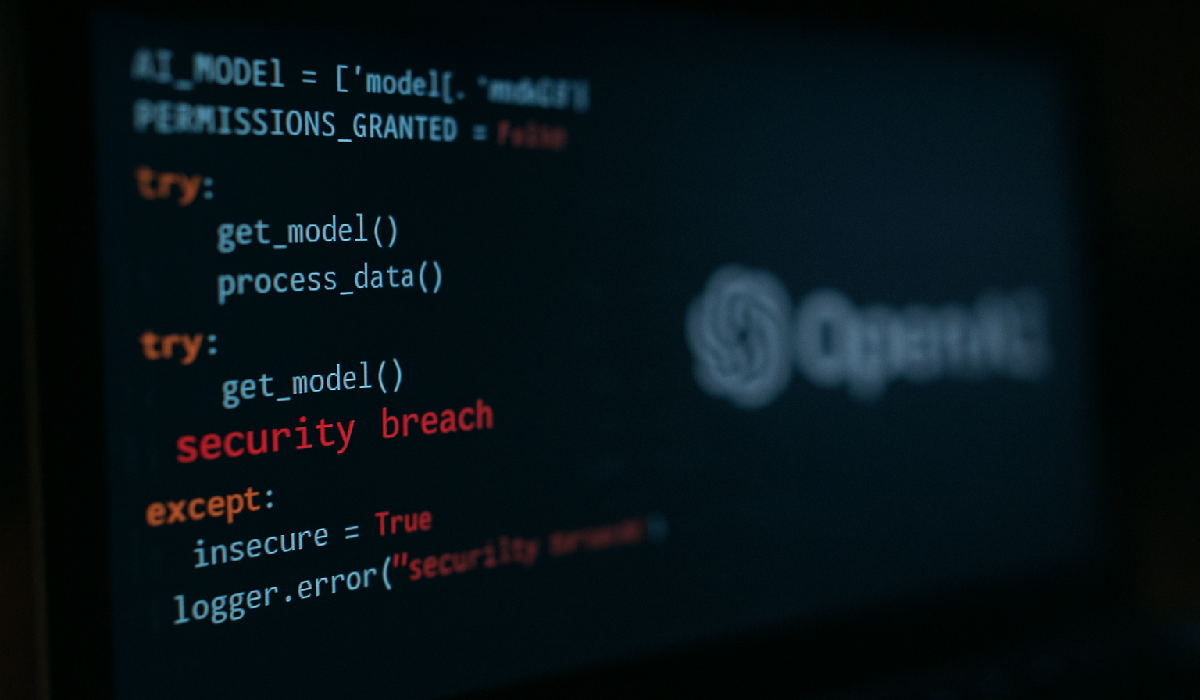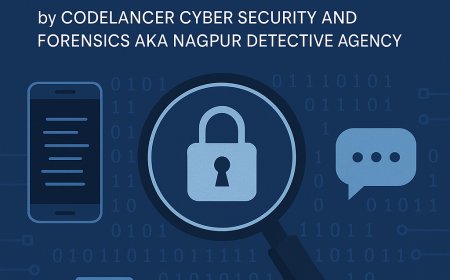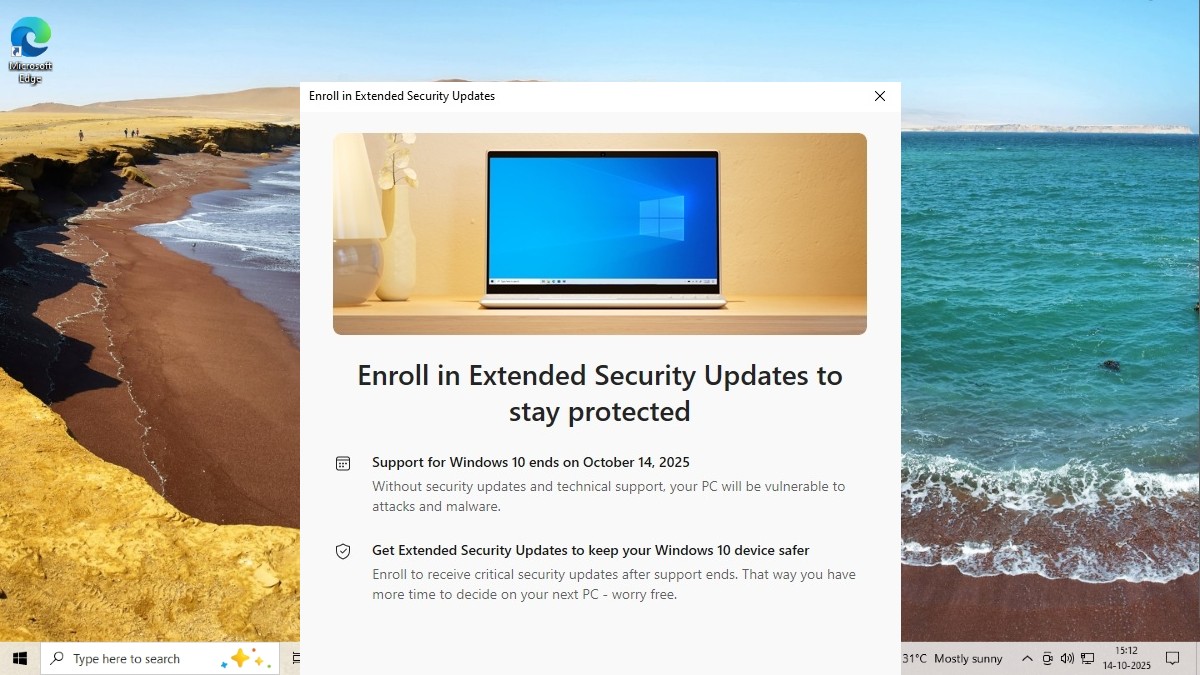From Click to Chaos: Everyday Cyber Threats You Can't Afford to Ignore, by Codelancer
Discover the hidden cyber threats lurking in every click—malware, phishing, deepfakes, and more. Codelancer Cyber Security and Forensics Private Limited exposes the chaos and arms you with expert defenses. Stay sharp, stay safe.

In a world where a single click can spiral into catastrophe, the internet is a battlefield. Every email, link, or pop-up is a potential landmine, and cyber criminals are the snipers waiting to exploit your trust. At Codelancer Cyber Security and Forensics Private Limited, we don’t just preach online safety; we dissect the digital carnage, exposing the threats that lurk in plain sight. This blog dives into the everyday cyber threats—phishing scams, malware attacks, ransomware, identity theft, social engineering, and more—that can turn your digital life into chaos. Here’s what you need to know to survive the onslaught.
The Click That Kills: Why Cyber Crime Thrives
Cyber crime isn’t some shadowy conspiracy—it’s a thriving black market, raking in billions annually. According to recent estimates, cyber crime costs the global economy over $1 trillion each year, and it’s growing faster than your crypto portfolio during a bull run. Why? Because every click is a gamble. Whether it’s downloading a “free” app, opening an email from a “friend,” or clicking a sketchy ad, you’re rolling the dice in a game rigged by hackers.
At Codelancer, our forensics team has seen it all: businesses crippled by ransomware, individuals bled dry by identity theft, and entire networks turned to digital ash. The culprits? Everyday cyber threats you can’t afford to ignore. Let’s break down the nastiest players in this game and show you how to fight back.
Phishing Scams: The Bait You’re Already Nibbling
Phishing is the oldest trick in the cyber crime playbook, yet it’s still the most effective. In 2024, over 300,000 phishing attacks were reported monthly, and that’s just the ones we know about. These scams disguise themselves as legit emails, texts, or even phone calls, luring you into handing over passwords, credit card numbers, or sensitive data. That “urgent” email from your bank? Probably a hacker in a basement halfway across the globe.
How Phishing Works
- The Hook: You get an email claiming your account is compromised. It begs you to click a link and “verify” your details.
- The Reel: The link leads to a fake website that looks identical to the real one. You enter your login, and boom—your credentials are stolen.
- The Catch: Hackers use your info to drain accounts, sell your data on the dark web, or impersonate you for bigger scams.
Real-World Example
Last year, a Codelancer client received a text from “their telecom provider” offering a billing discount. One click led to a malicious site that installed spyware, compromising their entire corporate network. Our forensics team traced the attack to a phishing ring in Eastern Europe, recovering critical data before it was sold off. Lesson? Don’t take the bait.
Codelancer’s Cybersecurity Tip
- Check sender email addresses for typos or weird domains (e.g., “support@yourbank.xyz”).
- Hover over links without clicking to see the real URL.
- Use two-factor authentication (2FA) to add a lock even hackers can’t pick.
Malware Attacks: The Silent Assassins
Malware—short for malicious software—is the ninja of cyber threats. It sneaks into your device through infected downloads, email attachments, or compromised websites, then wreaks havoc. In 2025, malware variants like trojans, worms, and spyware are evolving faster than antivirus software can keep up. Codelancer’s forensics lab has seen malware that logs keystrokes, steals crypto wallets, and even hijacks webcams for blackmail.
Types of Malware
- Trojans: Disguised as legit software, these open backdoors for hackers.
- Spyware: Tracks your activity, stealing passwords and personal data.
- Ransomware: Locks your files and demands payment (more on this later).
- Adware: Bombards you with ads while secretly collecting data.
How to Spot Malware
- Slow device performance or random crashes.
- Pop-ups that won’t quit, even on trusted sites.
- Unauthorized transactions or changes to your accounts.
Codelancer’s Defense Strategy
- Install reputable antivirus software and keep it updated.
- Avoid downloading apps or files from unverified sources.
- Let Codelancer’s forensics team audit your systems for hidden infections.
Ransomware: Your Data Held Hostage
Ransomware is the digital equivalent of a kidnapper holding your data for ransom. In 2024, ransomware attacks spiked by 68%, with businesses and individuals paying millions to unlock their files. These attacks often start with a phishing email or a compromised website, deploying malware that encrypts your data. Pay the ransom (usually in crypto), and maybe you’ll get a decryption key. Or maybe not.
A Case Study in Chaos
A mid-sized company approached Codelancer after a ransomware attack locked their customer database. The hackers demanded $500,000 in Bitcoin. Our forensics team traced the attack to a zero-day exploit in outdated software, recovered 90% of the data from backups, and hardened their systems against future attacks. The lesson? Prevention beats paying.
How to Avoid Ransomware
- Back up critical data regularly on offline or cloud-based systems.
- Patch software and operating systems immediately to close vulnerabilities.
- Train employees to spot phishing emails that deliver ransomware payloads.
Codelancer’s Ransomware Recovery
Our team uses advanced forensics to trace attack origins, recover encrypted data, and build ironclad defenses. Don’t pay the ransom—call Codelancer.
Identity Theft: When You’re No Longer You
Identity theft is the creepiest cyber crime. Someone steals your name, Social Security number, or credit card details and becomes you—racking up debts, opening accounts, or even committing crimes in your name. In 2024, identity theft cases surged by 22%, fueled by data breaches exposing billions of records.
How Identity Theft Happens
- Data Breaches: Hackers infiltrate companies, stealing customer databases.
- Phishing: Fake login pages trick you into revealing credentials.
- Social Engineering: Scammers impersonate trusted entities to extract info.
A Real-Life Nightmare
A Codelancer client discovered their identity was stolen when they were denied a loan due to “unpaid debts” they never incurred. Our forensics team uncovered a dark web sale of their stolen credentials, linked to a phishing scam. We worked with authorities to freeze fraudulent accounts and secure their identity.
Protection Tips
- Monitor bank accounts and credit reports for suspicious activity.
- Use strong, unique passwords for every account (a password manager helps).
- Trust Codelancer to investigate and mitigate identity theft incidents.
Social Engineering: The Art of Human Hacking
Social engineering is cyber crime’s psychological warfare. Instead of cracking code, hackers manipulate you into giving up sensitive info. They pose as coworkers, tech support, or even your boss, exploiting trust to bypass security. In 2025, social engineering is behind 70% of successful cyber attacks.
Common Tactics
- Pretexting: Creating a fake scenario to trick you into sharing data.
- Baiting: Offering freebies (like USB drives) laced with malware.
- Tailgating: Physically following you into secure areas.
Codelancer’s Counterattack
Our cybersecurity training programs teach employees to spot social engineering red flags. We also run simulated attacks to test your defenses, ensuring your team’s ready for the real thing.
The Dark Web: Where Cyber Crime Thrives
The dark web is the internet’s black market, where stolen data, hacking tools, and even hitmen are for sale. Accessible only through special software like Tor, it’s a playground for cyber criminals. Codelancer’s forensics team has tracked dark web transactions to bust phishing rings and recover stolen data.
What’s on the Dark Web?
- Stolen credit card numbers ($5-$50 each).
- Hacked social media accounts for as little as $10.
- Malware kits for wannabe hackers.
Staying Safe
- Avoid clicking links or downloading files from unknown sources.
- Use VPNs and secure browsers for sensitive online activity.
- Let Codelancer monitor dark web marketplaces for your leaked data.
Cybersecurity Awareness: Your First Line of Defense
Cybersecurity awareness isn’t just a buzzword—it’s survival. The average person faces dozens of cyber threats daily, from phishing texts to fake Wi-Fi hotspots. Here’s how to stay sharp:
- Educate Yourself: Learn the signs of phishing, malware, and social engineering.
- Secure Your Devices: Use strong passwords, 2FA, and updated antivirus software.
- Be Skeptical: Question unsolicited emails, calls, or messages.
- Backup Data: Keep offline copies of critical files to thwart ransomware.
- Partner with Codelancer: Our cybersecurity and forensics experts provide tailored solutions to keep you safe.
Why Codelancer Cyber Security and Forensics Private Limited?
At Codelancer, we don’t just fight cyber crime—we hunt it down. Our team of cybersecurity experts and forensic investigators has decades of experience battling phishing, malware, ransomware, identity theft, and social engineering. We’ve recovered stolen data, traced hackers across continents, and built defenses that even the slickest criminals can’t crack.
Our Services
- Threat Assessments: Identify vulnerabilities before hackers do.
- Forensic Investigations: Trace attacks and recover lost data.
- Training Programs: Arm your team with cyber crime awareness.
- Incident Response: 24/7 support to mitigate attacks fast.
The Cost of Ignoring Cyber Threats
Ignoring cyber threats is like leaving your front door open in a warzone. A single breach can cost businesses millions in downtime, legal fees, and lost trust. For individuals, it’s stolen savings, ruined credit, or a hijacked identity. In 2024, the average cost of a data breach was $4.45 million, and that’s not counting the emotional toll.
A Final Warning
Every click is a choice—between safety and chaos. Cyber criminals don’t sleep, and neither do we. Codelancer Cyber Security and Forensics Private Limited is your ally in this digital battlefield, ready to outsmart the smartest hackers.
What's Your Reaction?
































